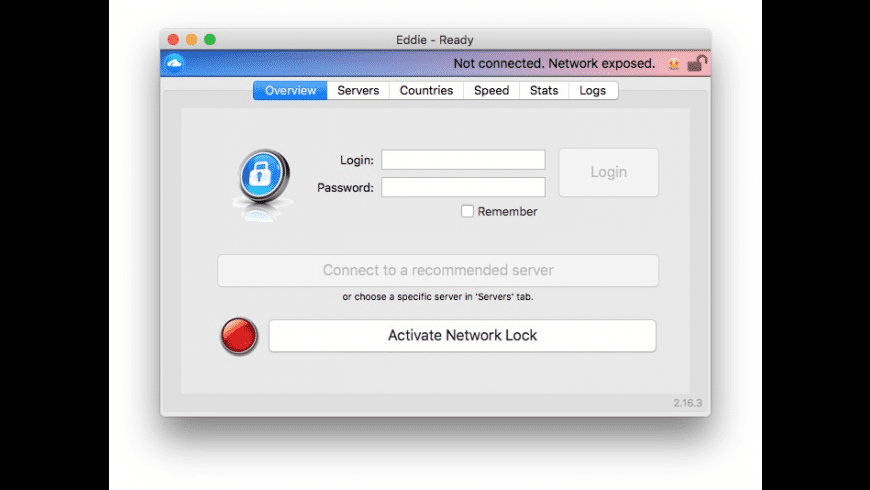Openvpn Client For Mac Cli
I have been using Tunnelblick to connect to the VPN I have configured on my Linksys WRT54GL router running DD-WRT. Loom 2 vst download. DD-WRT provides several different tutorials for configuring OpenVPN on your router. Tunnelblick works fairly well on my laptop running Mac OS X most of the time, but every now and then I have had issues connecting. Therefore, I decided to investigate alternatives.

I decided to try some variation of what was described in this post on Tony’s Cafe. The first step was to install the TunTap driver for Mac OS X. This provides the necessary network interfaces to connect to an OpenVPN. It appears that a reboot is no longer required. For command line simplicity and for scripting purposes, you can use the following to install the TunTap driver.
Unless BF-CBC is included in –data-ciphers or there is a “–cipher BF-CBC” in the OpenVPN 2.5 config, a v2.5 client or server will refuse to talk to a v2.3 server or client, because it has. A first class OpenVPN client for Mac and Windows that lets you secure your network with ease & style. You can either manually configure your connections, or simply drop your.ovpn config files onto it. The app sits neatly out of the way in the Menu Bar (Mac) or Task Bar’s Notification Area (Windows). /usr/local/sbin/openvpn -config /path/to/openvpn.conf I haven’t used this new method of connecting to my VPN extensively; however, so far it appears to be working well. Posted on May 8, 2009 Author Zachary Lund Categories Mac OS X Tags DD-WRT, Linksys WRT54GL, Mac OS X, OpenVPN, Tunnelblick, TunTap.
The post on Tony’s Cafe then shows the steps necessary to build OpenVPN from source. You are welcome to do this and you can check it out in the post. However, the simply way is to make use the openvpn binary inside of the Tunnelblick application package. I simply copied it out of the .app and into /usr/sbin. The following again automates the entire process for installing the openvpn binary.
I then created a new OpenVPN configuration file using the example provided in the referenced Tony’s Cafe post. The example I used is provided below.
Openvpn Client For Mac Client

I then plugged in the host to connect to, the IP address and subnet mask for my laptop to use while it is on the road, and the path to the certificates and keys stored on my machine. All that was left was to launch OpenVPN from the command line:
Openvpn Client Mac Terminal
I haven’t used this new method of connecting to my VPN extensively; however, so far it appears to be working well.